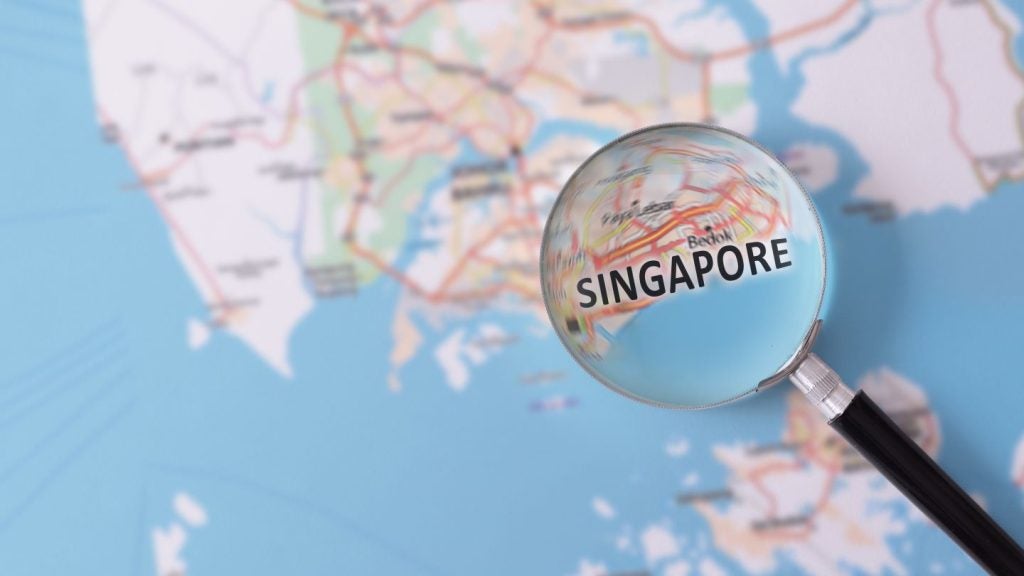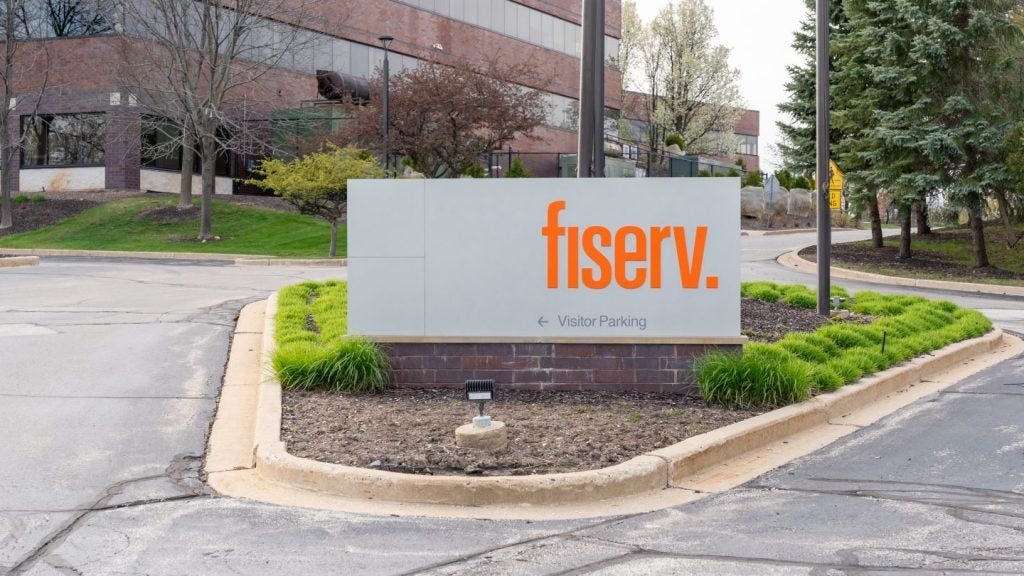banks have increased ATM surcharges and foreign bank fees
aggressively over the past two years – a development non-bank,
surcharge-free ATM networks are using in combination with highly
innovative value-added services to gain market share.
Charles Davis reports.
Even as the US Congress seeks to re-regulate the financial
services industry in response to the ongoing financial crisis and
populist outrage over bank fees, banks are steadily increasing ATM
surcharges.
According to Bankrate, a firm specialising in comparative
analysis of financial service products, by September 2008 banks and
thrifts were charging an average of $3.43 in combined ATM surcharge
and foreign-bank fees, an increase of 13 percent compared with
$3.03 a year earlier. The increase reflects an ongoing
consolidation of bank-owned ATM networks in which large owners are
in control of more machines than ever, and the tough economy, which
is prompting a reversal of a long-standing policy of holding
foreign fees steady or cutting them, according to Bankrate.
In 2008 banks raised foreign fees to an average of $1.46 per
transaction, up 17 percent or, $0.21, compared with $1.25 per
transaction in 2007. Banks raised foreign ATM fees at a much higher
percentage than ATM surcharge fees, which banks charge
non-customers to withdraw cash from their ATMs. In September, banks
were charging non-customers an average of $1.97 in surcharge fees
per transaction, up 11 percent, or $0.19, from $1.78 last year,
according to Bankrate.
Bankrate surveyed 249 of the largest banks and savings and loans
in the 25 largest US markets in early September 2008. Ninety-nine
percent of the banks and savings and loans that own ATMs charge
surcharge fees, while 84 percent of banks and savings and loans
that own ATMs charge a foreign fee, according to the study.
Big cities hardest hit

US Tariffs are shifting - will you react or anticipate?
Don’t let policy changes catch you off guard. Stay proactive with real-time data and expert analysis.
By GlobalDataIn larger US cities fees have skyrocketed, reveals a new study
by the bipartisan Congressional Caucus on the Middle Class, and the
House Financial Services Committee’s Subcommittee on Financial
Institutions and Consumer Credit. While money is cheaper – the
Federal Reserve rate, which is the basis for many credit card
interest rates, has dropped to only 1 percent – ATM fees in New
York City have increased 28 percent since 2006.
The average ATM surcharge fee in New York City has jumped from
$1.45 in 2006 to $1.85 in 2008. On top of that, banks in New York
charge an average of $1.46 to withdraw money from other banks – up
by 23 percent over the last three years. Chase Bank charged the
highest combined fee of $5.00 ($3.00 surcharge and a $2.00 fee). TD
Bank is among the lowest, with a combined fee of $3.00 ($3.00
surcharge and no fee). Fees charged by Bank of America, which
operates the US’ largest bank-owned ATM network with 18,584
machines, rose to $2 for foreign transactions – the highest
Bankrate found in its study.
In the face of rising surcharges, a trio of surcharge-free,
non-bank ATM networks report gaining increased usage in the US and
abroad. Allpoint Network, a unit of Cardtronics, recently expanded
into the UK by connecting with the 2,500 ATMs operated by Bank
Machine, another Cardtronics subsidiary.
Cardtronics is the world’s largest ATM independent sales
organisation, with about 37,000 machines, and has positioned its
Allpoint Network as an alternative for banks and thrifts looking
for a way to market surcharge-free ATMs to their customers.
Another surcharge-free network, MoneyPass, which had about
13,000 ATMs in its network, added 3,000 more ATMs in December 2008
when InterCept Switch linked its network to the MoneyPass
network.
MoneyPass also recently announced that will connect its ATM
network with NYCE Payments Network’s SUM selective surcharging
programme. The SUM selective network allows cardholders of
participating financial institutions to make surcharge-free
withdrawals at 2,950 ATMs.
The Co-op Network, a third surcharge-free network offering
surcharge-charge free access only to credit unions that provides
more than 3,000 credit unions and their members access to some
28,000 ATMs, has added mobile banking functionality to its product
range.
The network teamed with vendor mFoundry to deliver mobile
banking offerings to credit unions. The service allows credit union
members to transfer funds among their accounts, verify balances and
view transaction history. The mFoundry platform will integrate into
Co-op Shared Branching’s Next Generation Network switch.
A new industry player, Select-A-Branch’s (SAB) network employs
proprietary software to turn an ATM into a surcharge-free machine
for a single transaction. When a member of a participating credit
union inserts their ATM/debit card in a SAB ATM, the machine
reconfigures the monitor to appear identical to that of the credit
union’s proprietary ATM, including any marketing messages.
As far as the customer is concerned, it’s a free transaction
conducted at a remote ATM with their own credit union’s branding.
Fourteen of the 19 financial institutions are participating in SAB
are credit unions.
The network has landed two major players in PNC Financial and
Toronto-Dominion’s US operation, TD Bank. It has 170 locations for
the Triton RXL 5000 ATMs, using Fiserv as its processor. It
recently added 60 McDonald’s franchises in New York City, “T”
stations along Boston’s commuter trains, and the Pennsylvania
Turnpike.
The merchant also gets a piece of the interchange fee.
Merchants, for instance, can deliver a coupon with the ATM receipt
for some product or service discount, as SAB can change the ATM and
video monitor message at any time. The institution can change its
message once per quarter. The ATMs also feature a 19-inch LCD sign
that features logos of all its clients, one after another.
SAB also has signed an agreement with TRM’s Access to Money
network granting Access to Money the exclusive right to deploy
SAB-enabled ATMs both in their existing Access to Money footprint
and to seek new locations and merchant relationships in the US.
SAB said that early results from the New York McDonald’s ATMs
speak volumes about the potential for the network.
“The numbers speak for themselves,” said Dan Stechow, SAB’s COO.
“Between March and August of this year we measured a 35 percent
growth in transaction volume across these locations. The McDonald’s
franchisees are linking this to a 1 percent increase in same-store
sales, which is all the more remarkable given the overall decline
in national ATM transaction volumes. SAB produces credible
results.”







